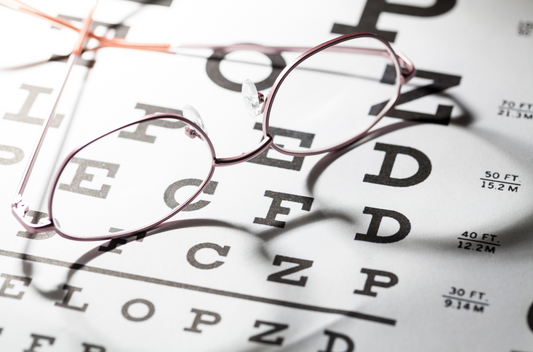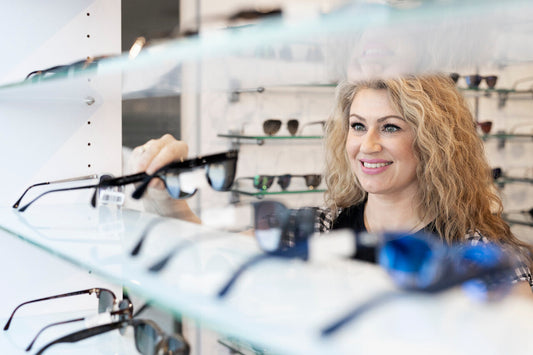In the simplest terms, UV radiation is invisible energy expelled by the sun. Our bodies need it to synthesize vitamin D and endorphins in the skin, and ultraviolet radiation benefits us by mediating that natural process.
However, too much UV sun exposure, where the eyes and body are exposed to high amounts over prolonged periods, can have associated risks.
The mixed good and bad effects of UV light can be confusing. So, what’s the big deal, and what sweet spot should we aim for to be able to enjoy ourselves outside, worry-free?
Arming yourself with knowledge and being able to choose and control the amounts of ultraviolet radiation you expose yourself to are key factors. This article is your guide to all things UV-related, so you can keep you and your family informed, aware, safe.
What is ultraviolet radiation?
As UV radiation is sun energy, it’s important to know where UV light sits on the electromagnetic spectrum, which helps us understand the levels of energy and wavelength of all the radiation hitting the earth. As a rule, the shorter the wavelength, the more harmful the UV radiation is.
Ultraviolet light is invisible to the eye, taking up the space between visible light and X-rays at the wavelength range of 100 to 400 nanometers (one billionth of a metre). Ultraviolet light has a shorter wavelength and is more energy-packed than visible light, making it damaging to health. Because ultraviolet radiation is composed of shorter waves, you can’t see it with your eyes, but you can feel it on your skin.
That said, not all UV radiation is created equal.
Types of UV radiation
Did you know that though shorter wavelengths are more harmful to your health, it’s also harder for them to penetrate through the skin? The good news in the fight against UV damage is that it’s very easy to protect your body against the effects of all ultraviolet radiation when experiencing sun exposure.



